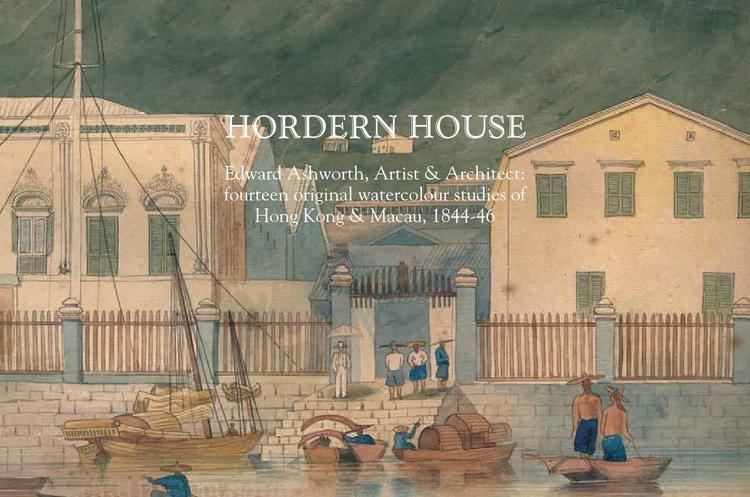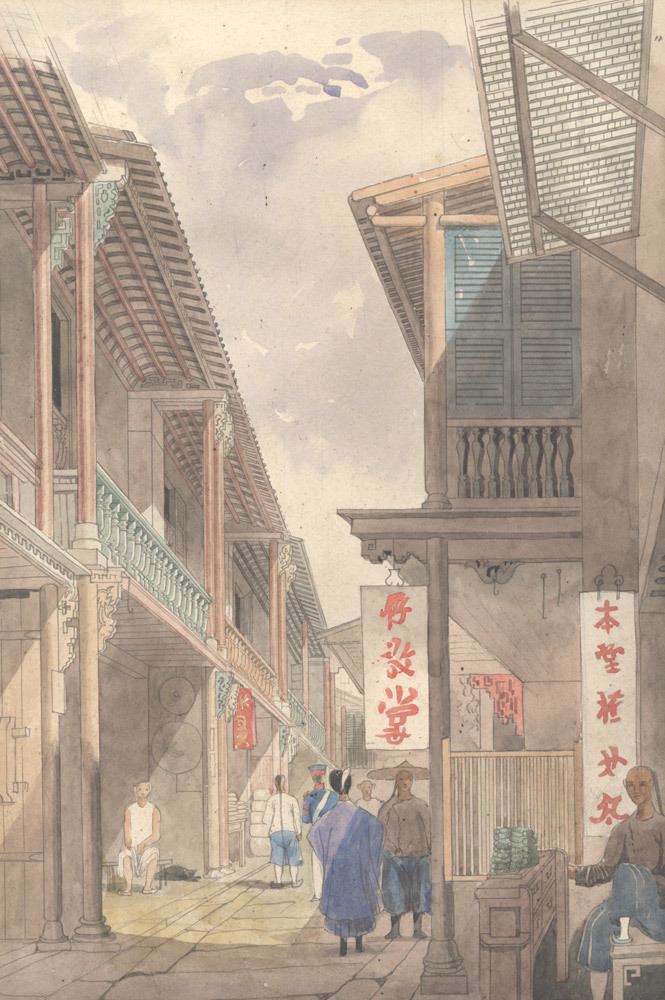Name Edward Ashworth | Role Artist | |
 | ||
Edward Ashworth (1814 – 1896) was an English artist and architect from Devon, England, considered to be the West Country's leading ecclesiastical architect. He was elected a member of the Exeter Diocesan Architectural Society in 1847.
Contents
- Origins
- Career
- Rebuilding works
- Restoration works
- Literary works
- Paintings and drawings
- Death and burial
- References

Origins

He was born in 1814 at Colleton Barton, in the parish of Chulmleigh in Devon.
Career
He left Colleton in 1822 and later moved to London where he became a pupil of the architect Charles Fowler (1792-1867), born in Collumpton, Devon. During 1842-46 Ashworth travelled in New Zealand and Hong Kong. Following his return to England in 1846 he set up an architectural practice in Exeter, Devon. In later life he lived at Dix's Field in Exeter. He rebuilt or restored many churches in Devon, including:
Rebuilding works
Restoration works
Literary works
Paintings and drawings
Many of his drawings and paintings are held in the collection of the Westcountry Studies Library, Exeter, at the Devon and Exeter Institution and Devon Record Office.
Death and burial
He died on 8 March 1896 and left a substantial estate valued at £26,814, mainly invested in Railway stocks. He was buried in the newly created Higher Cemetery, Exeter, for which he had designed two lodges and one chapel. His ornate stone cross, made of pink stone, survives and was restored circa 2010.
